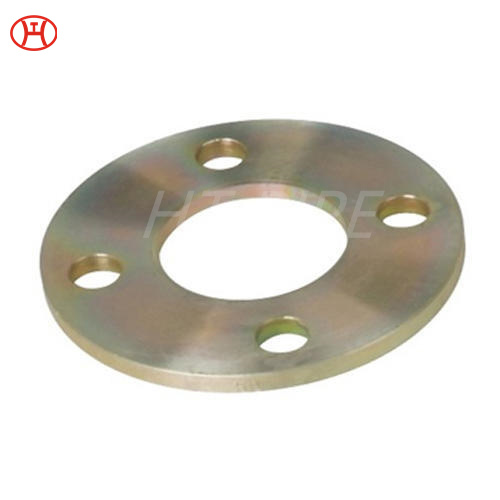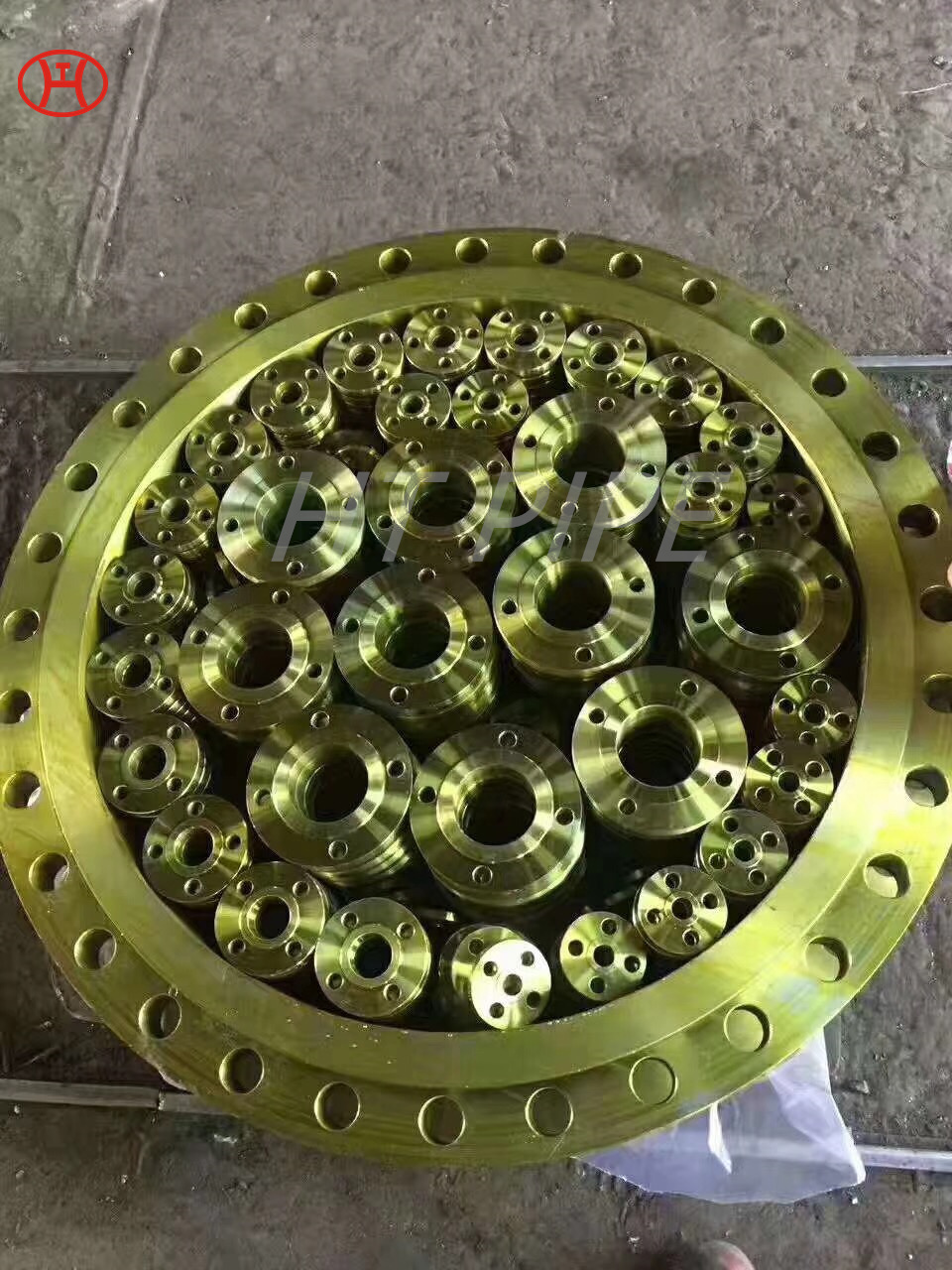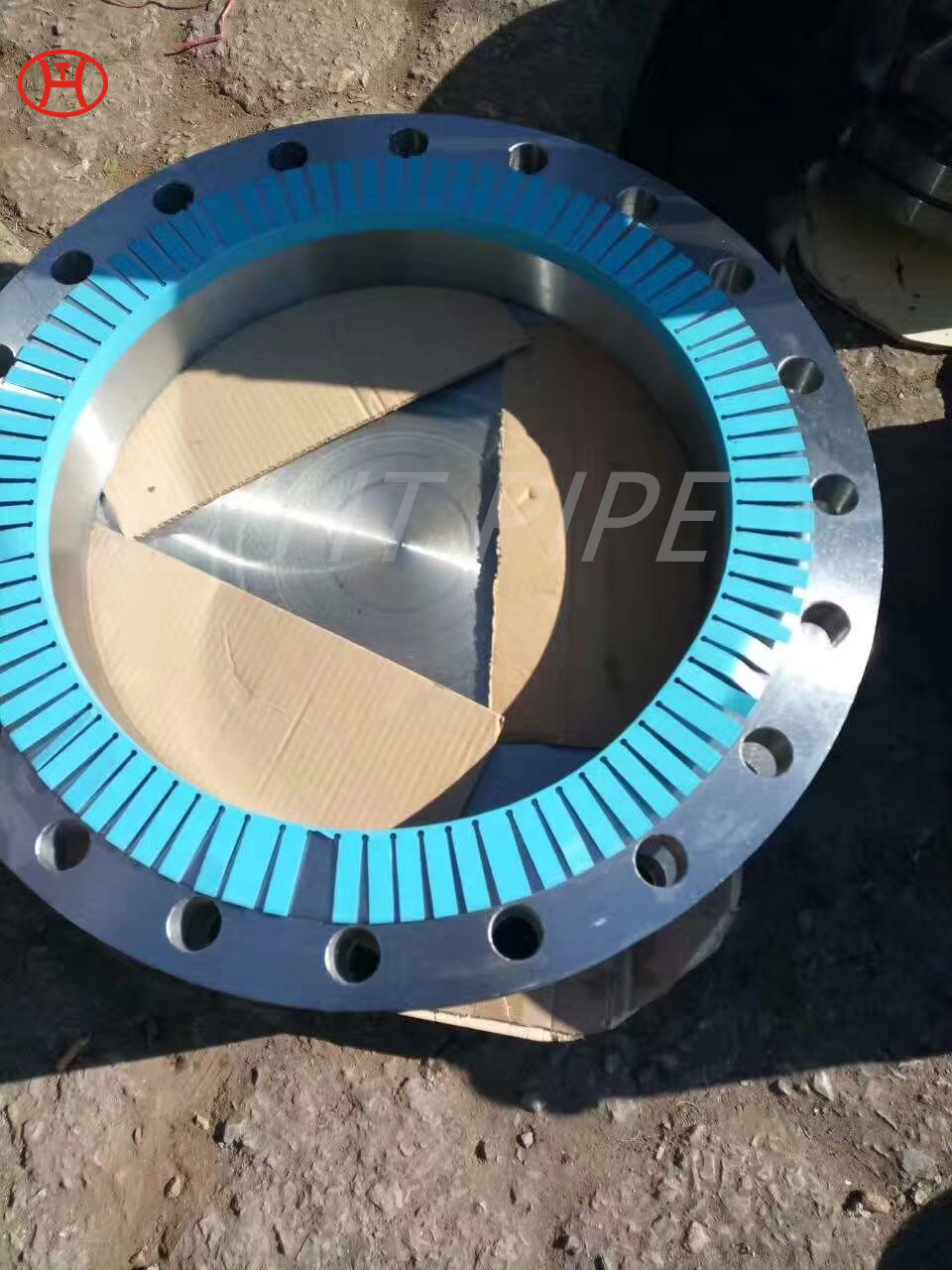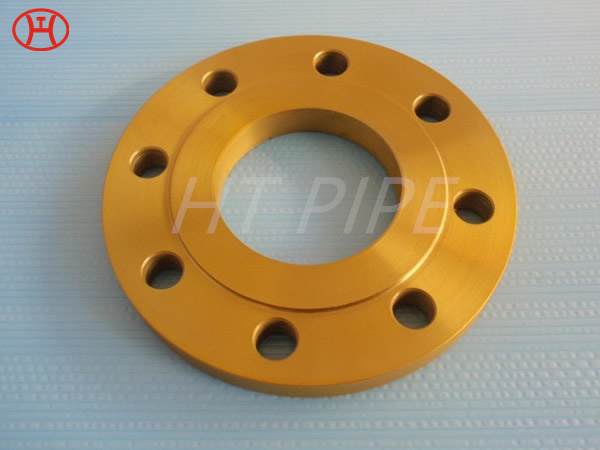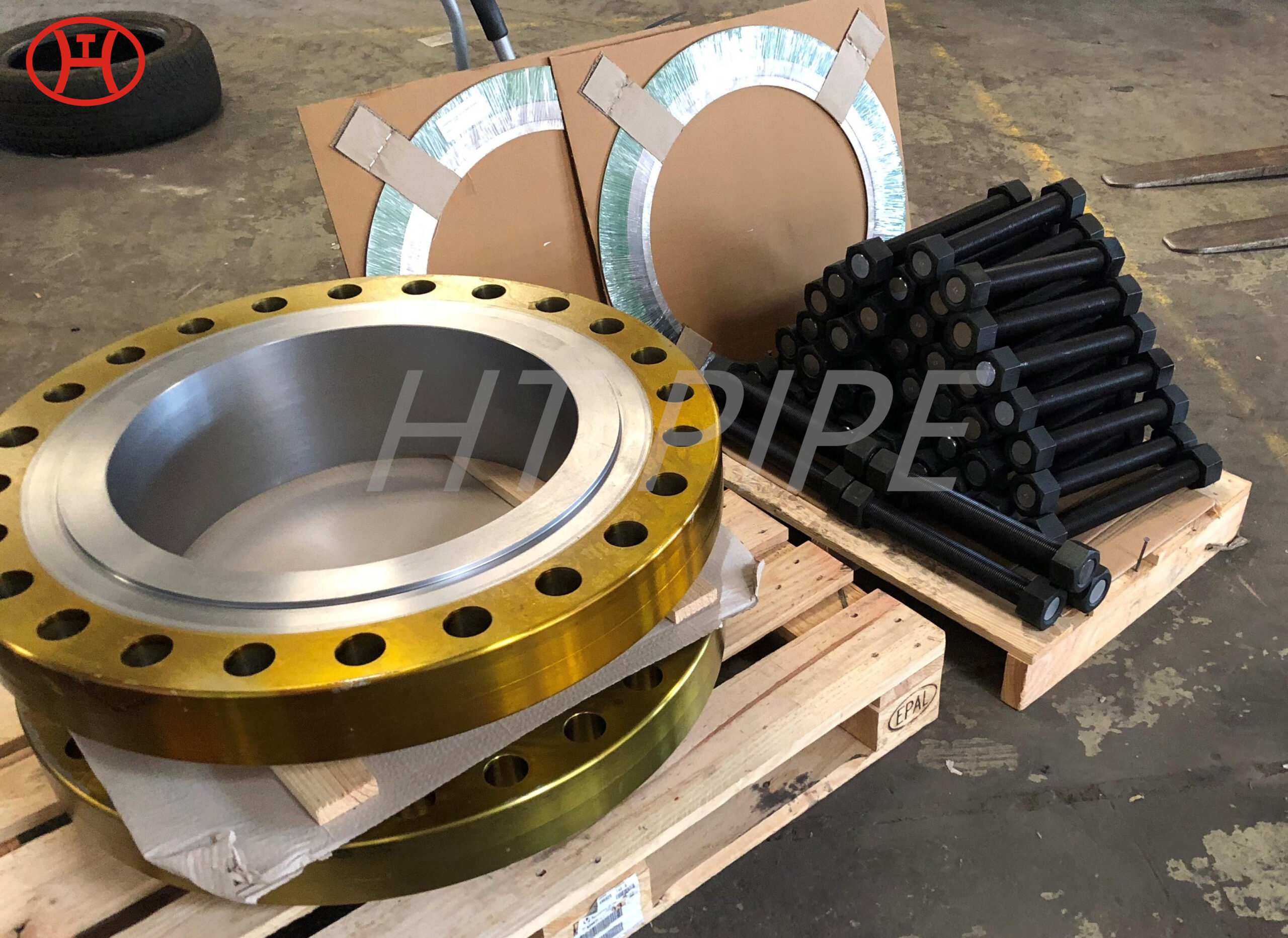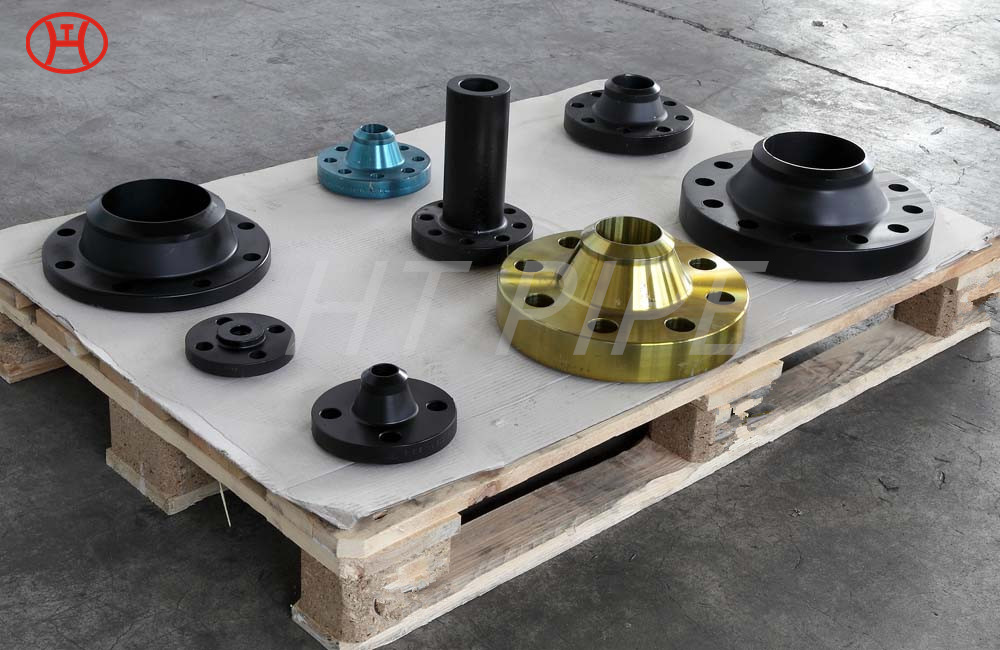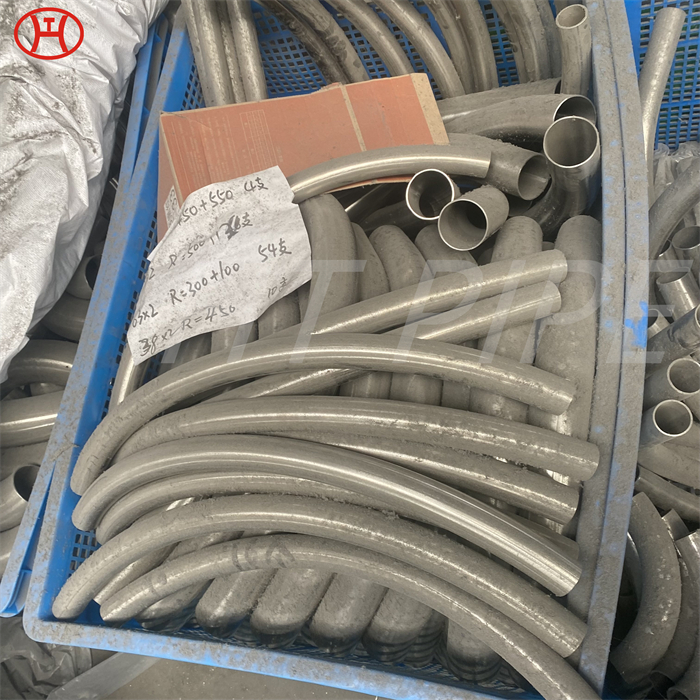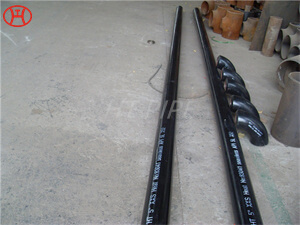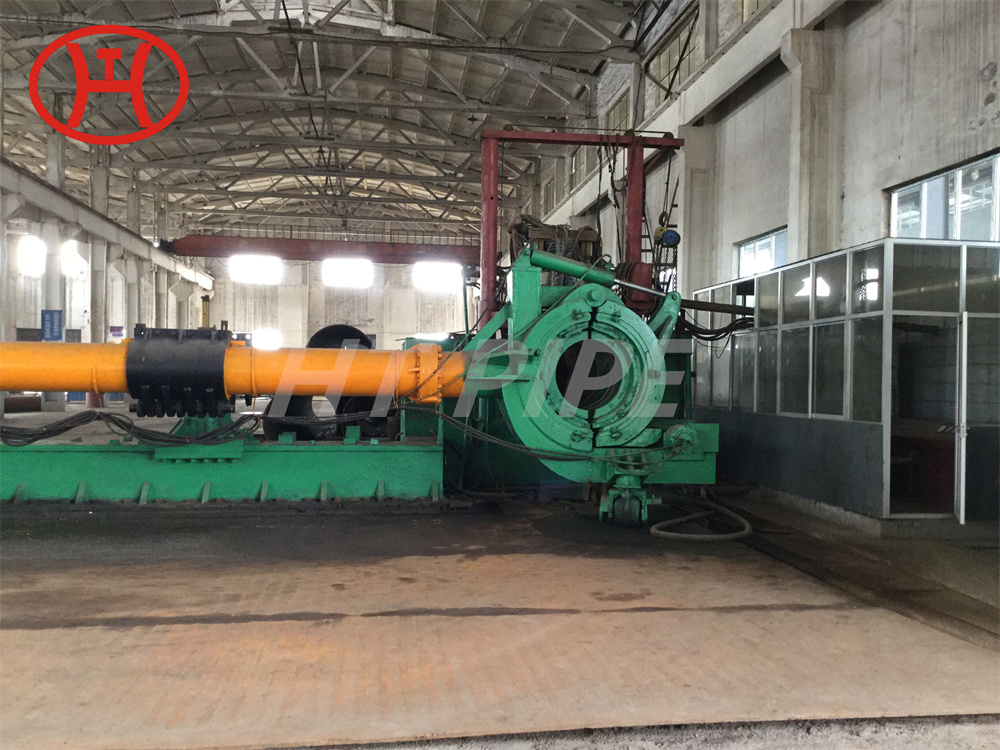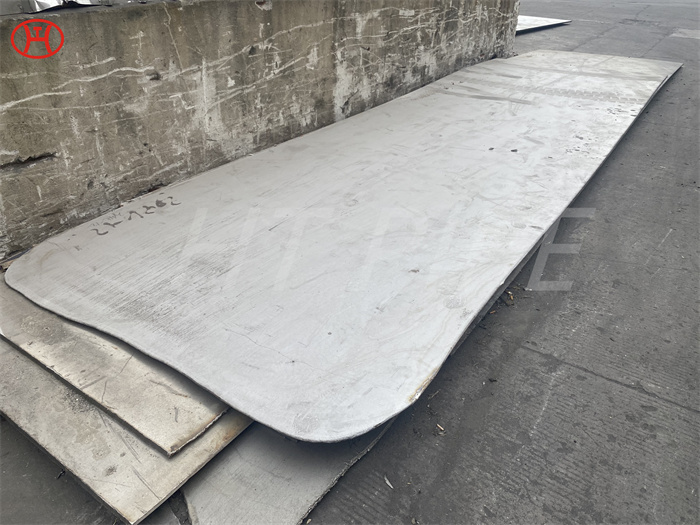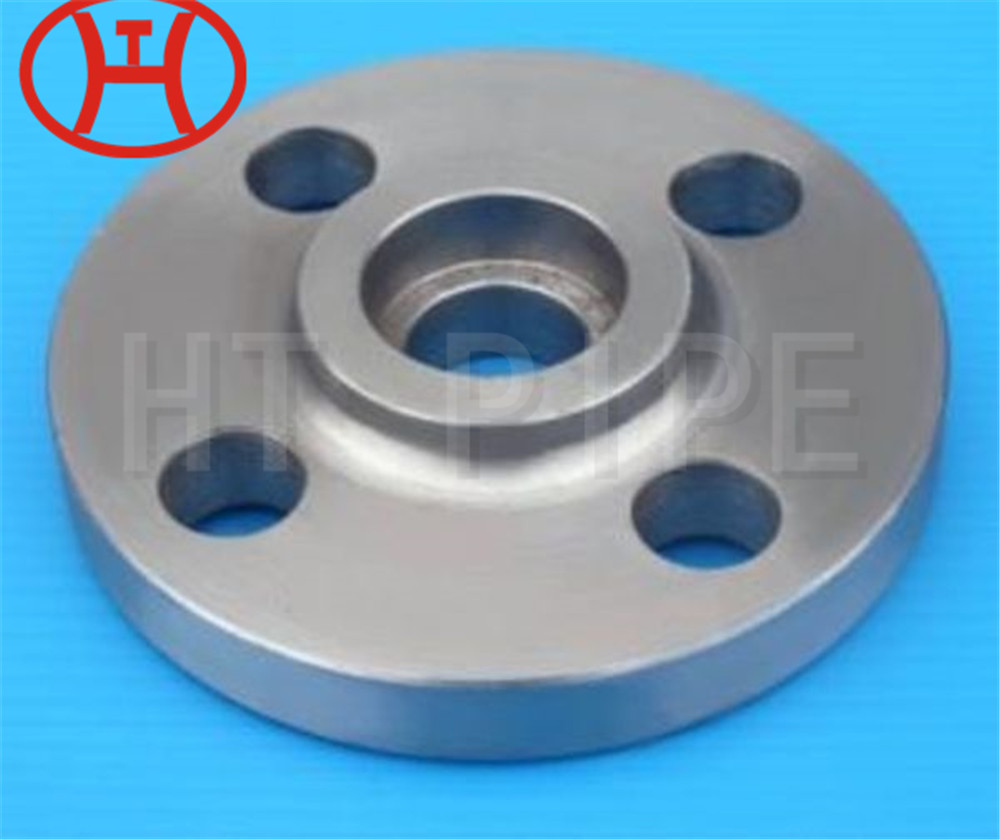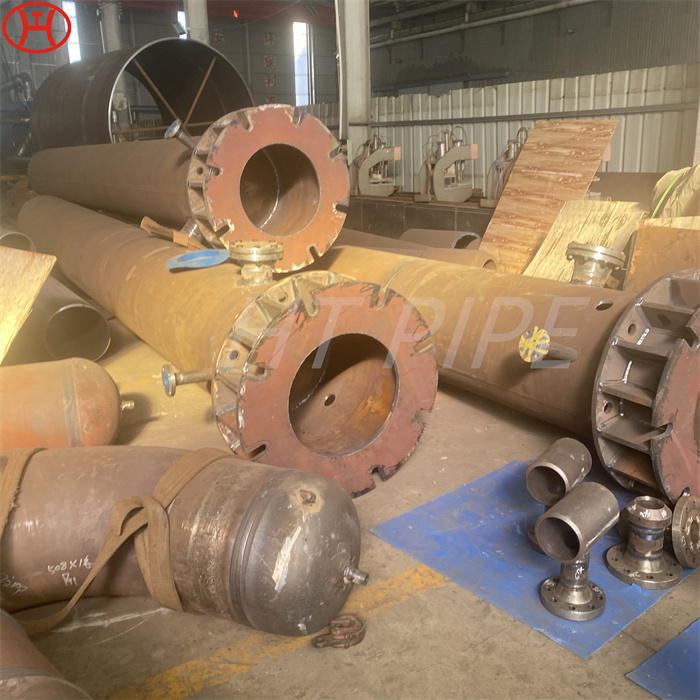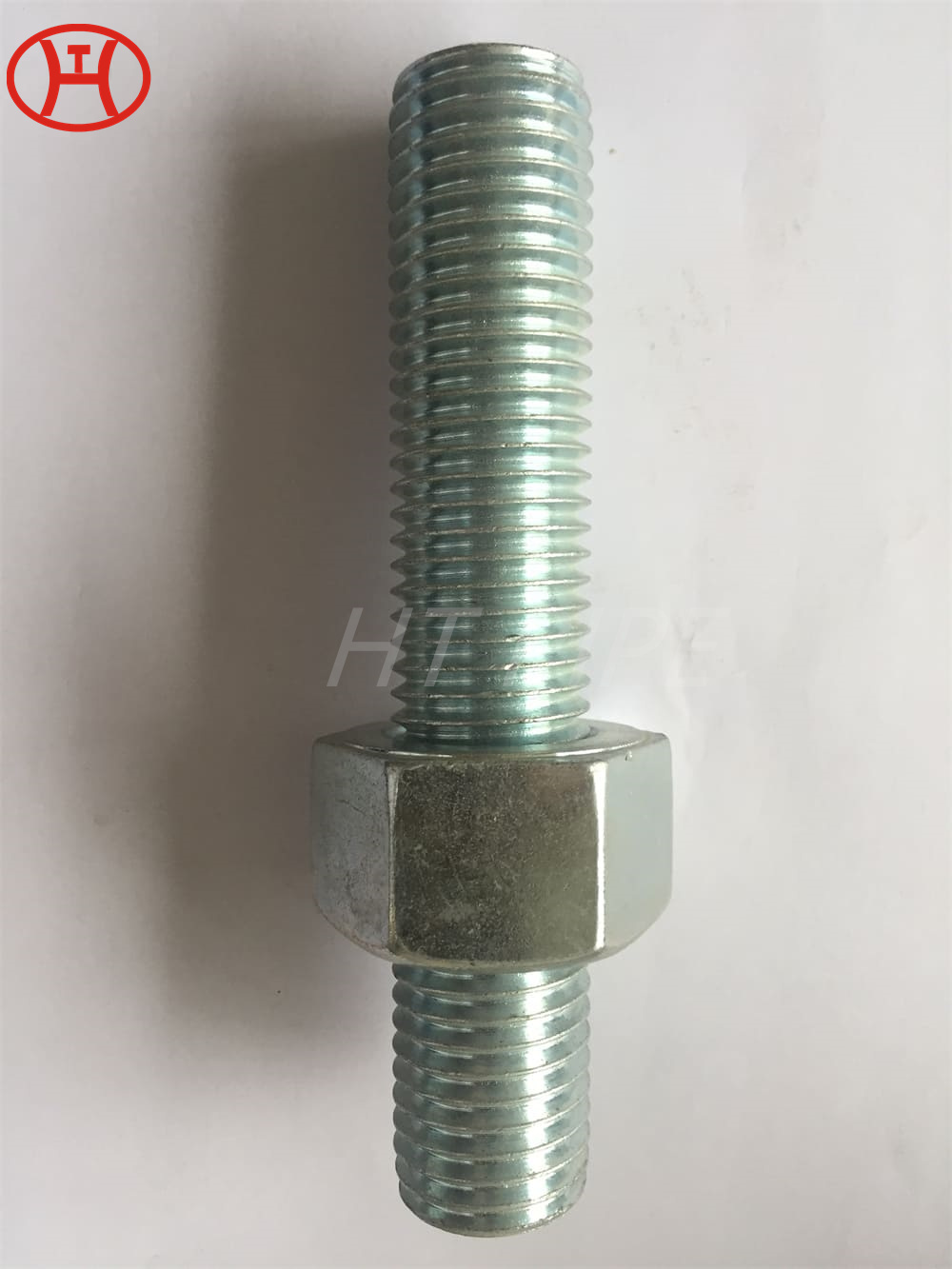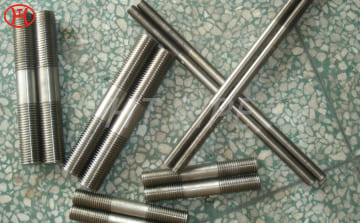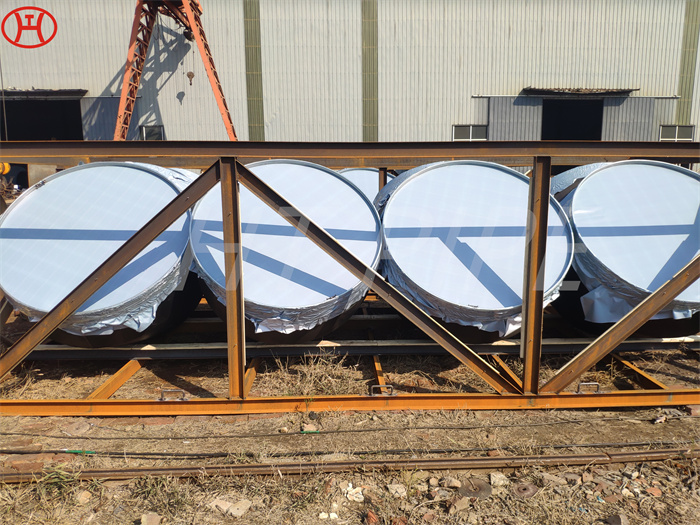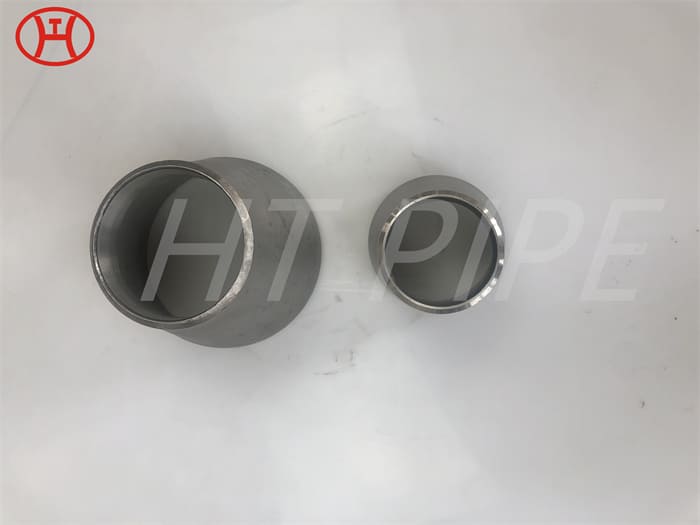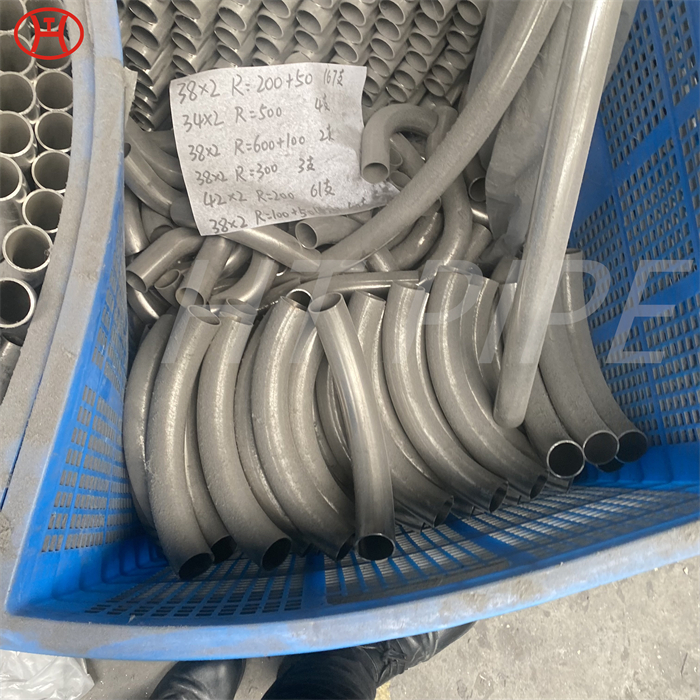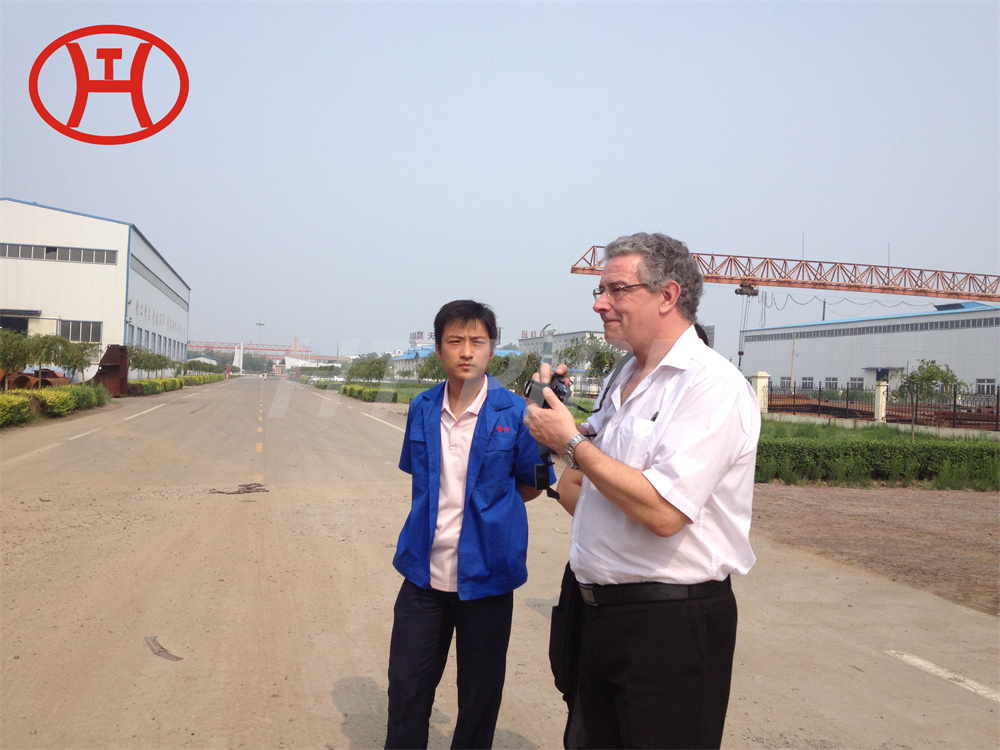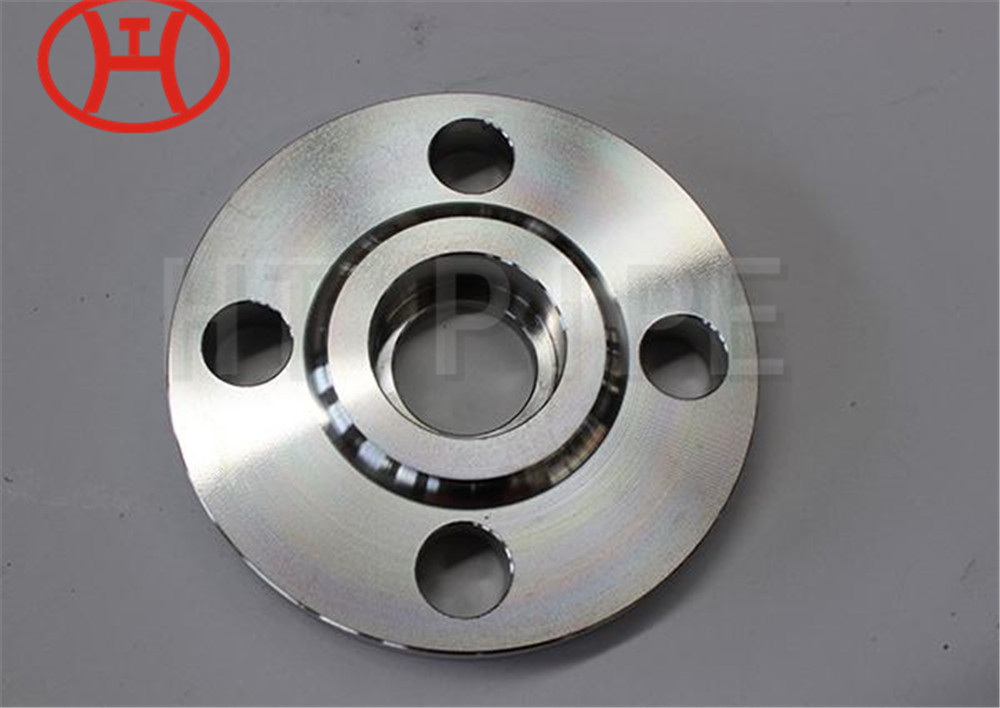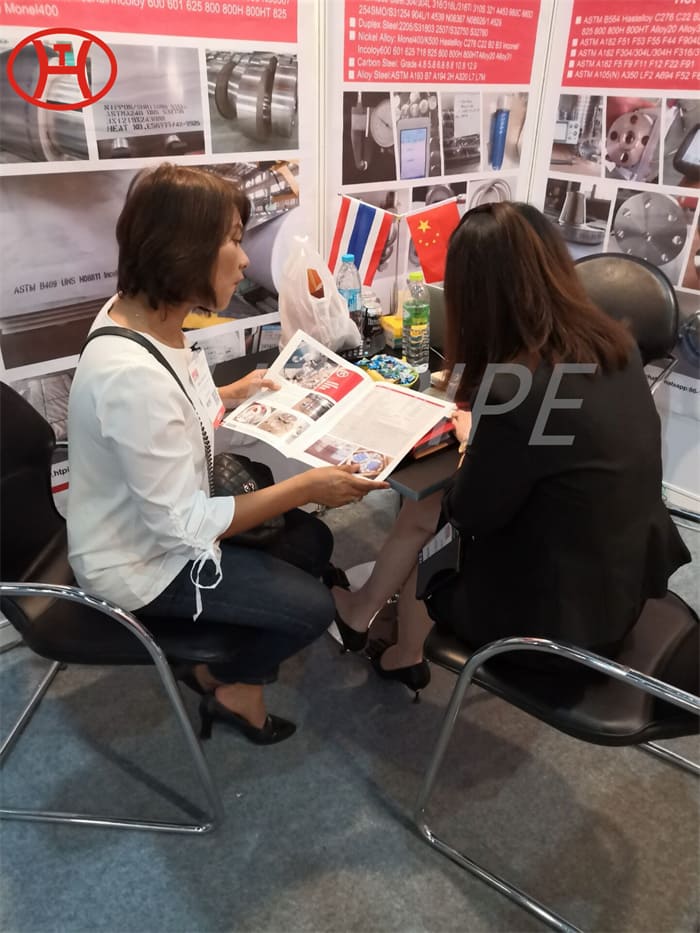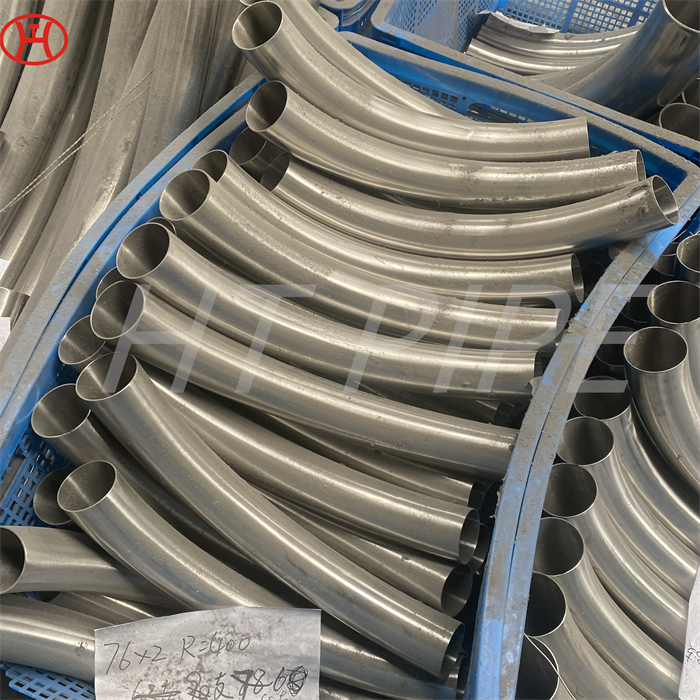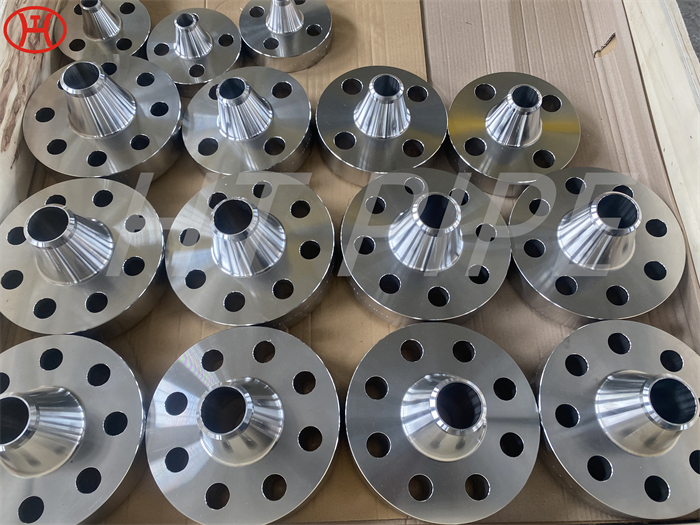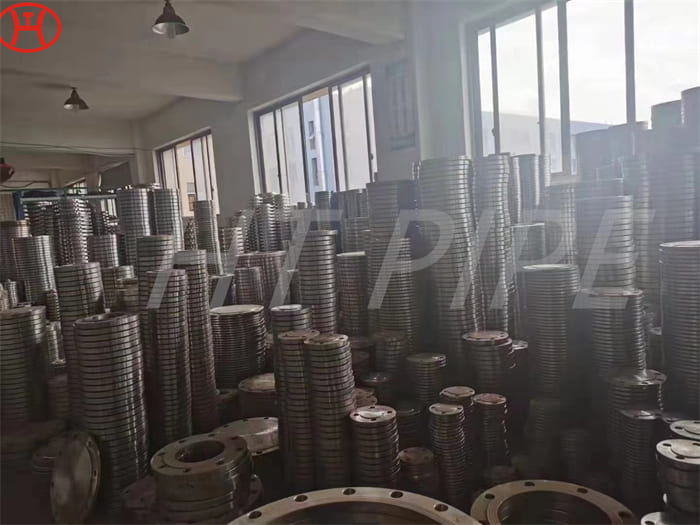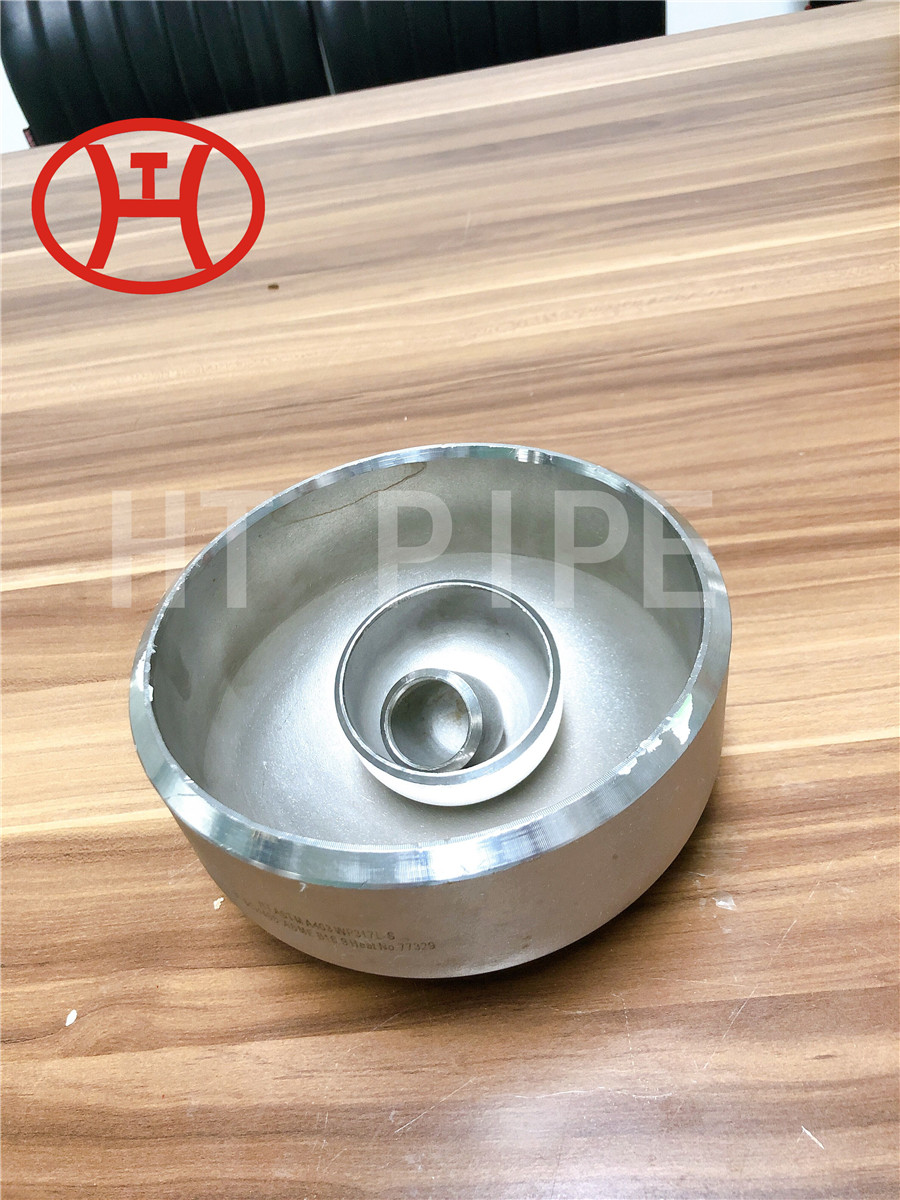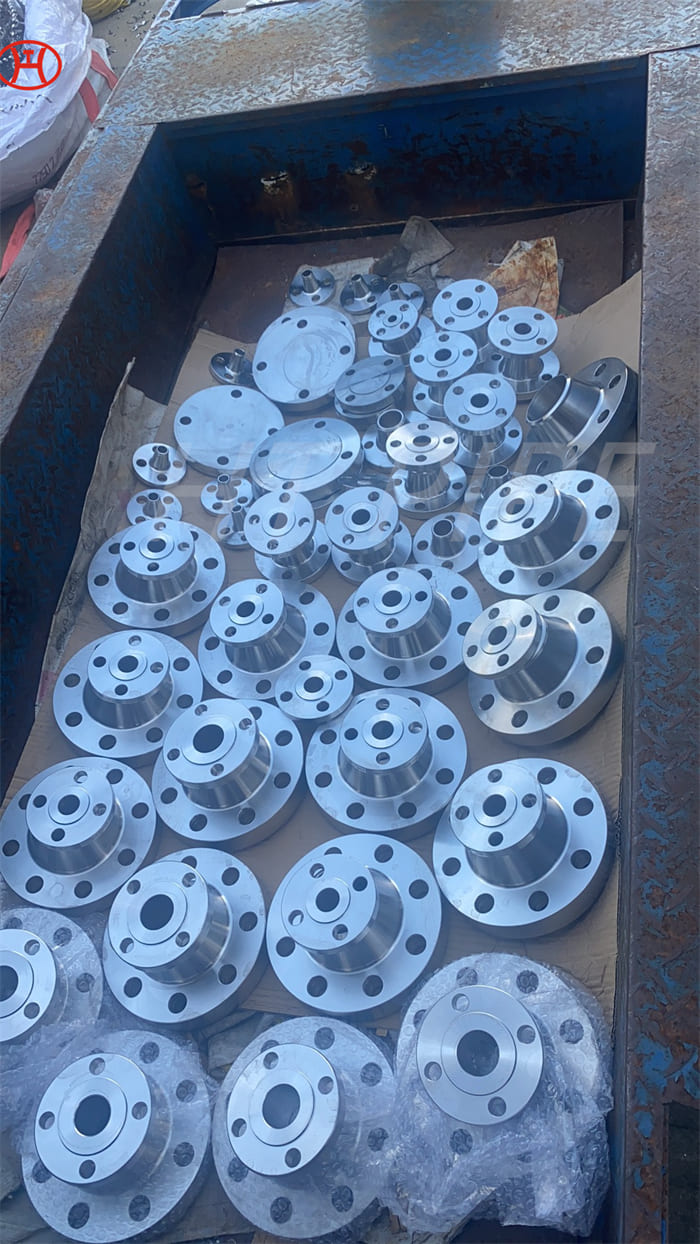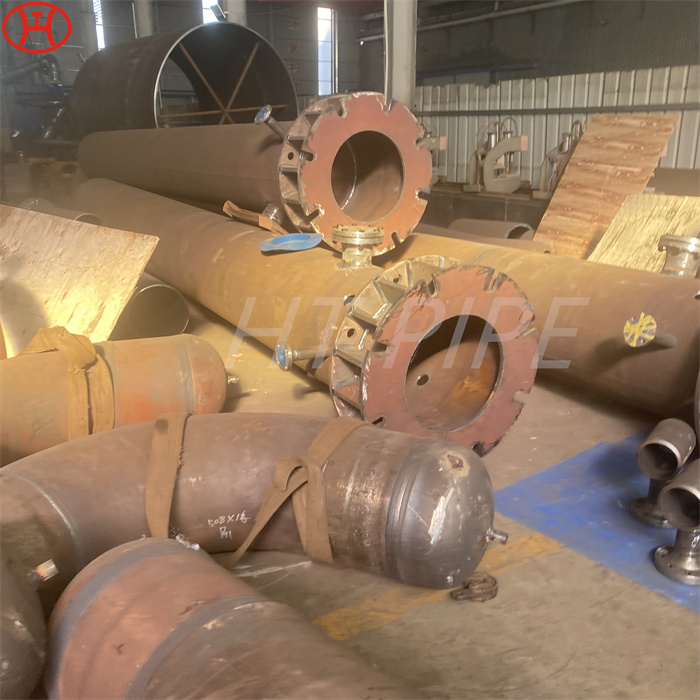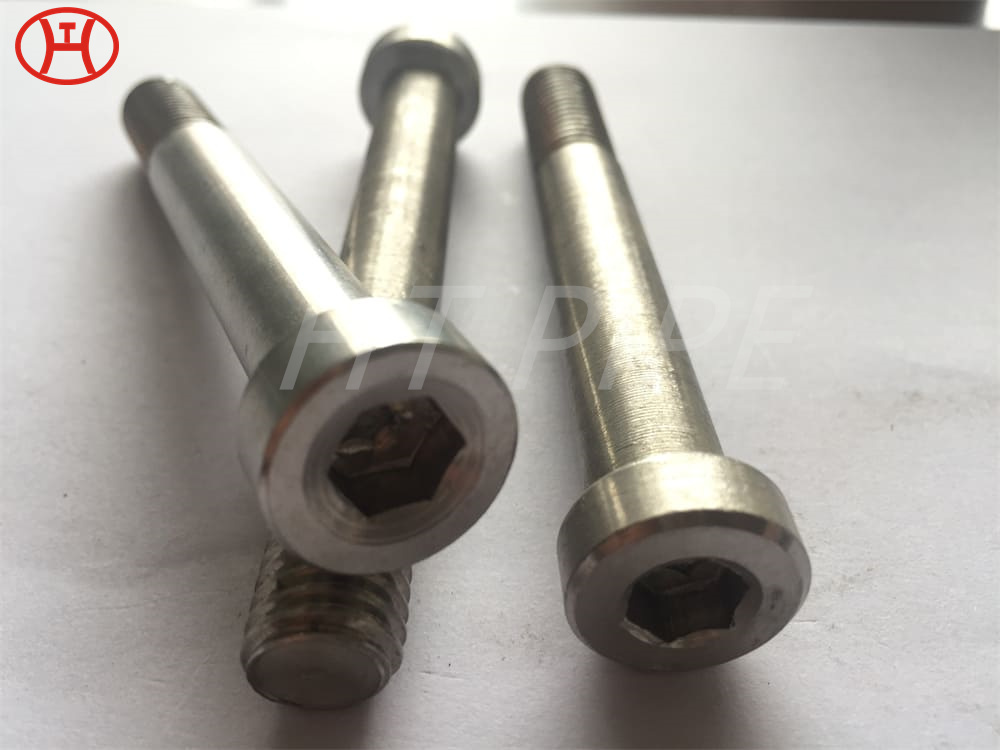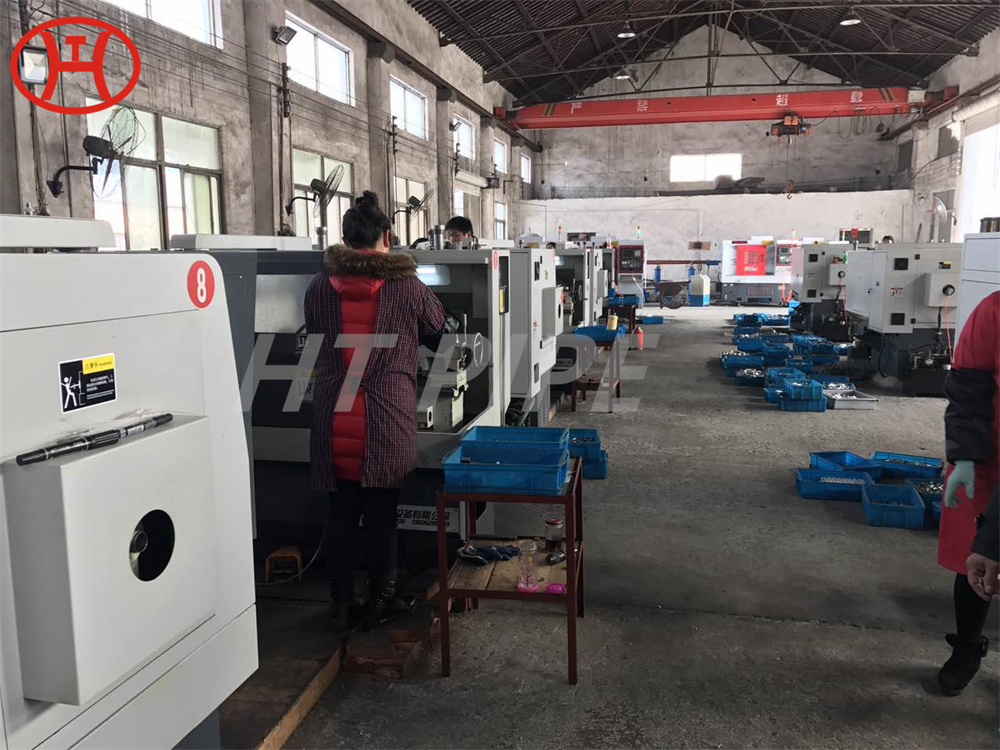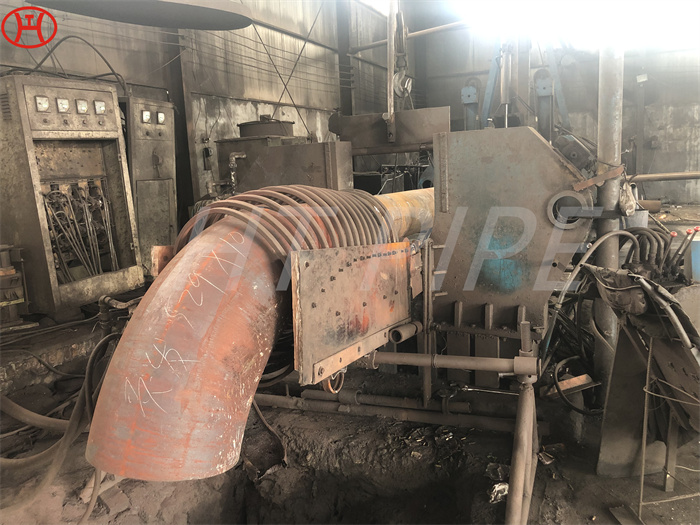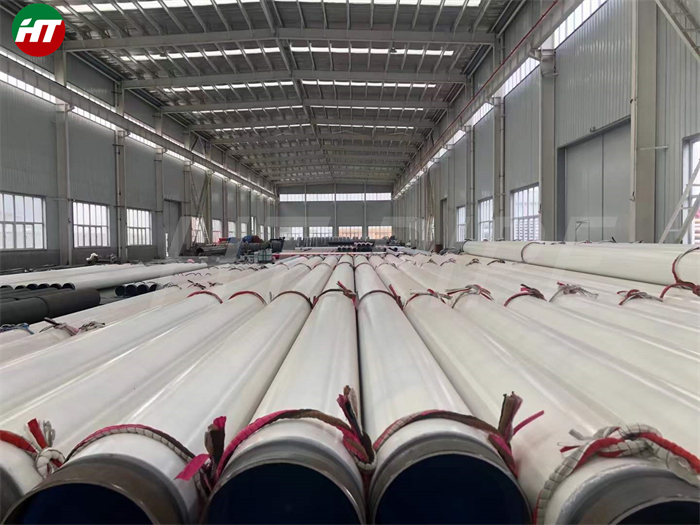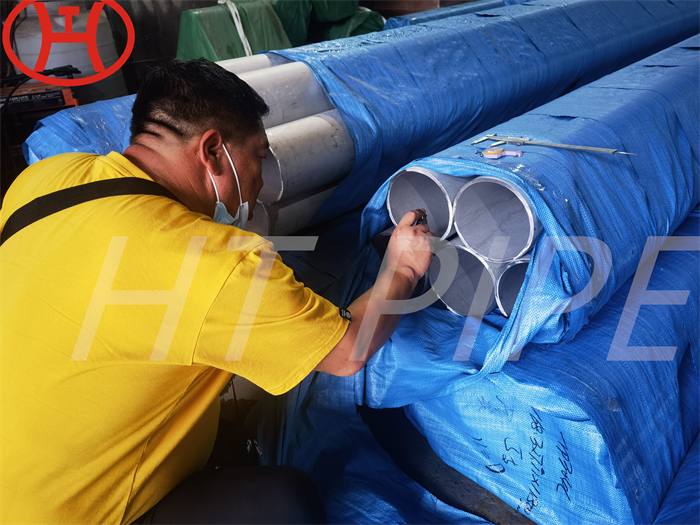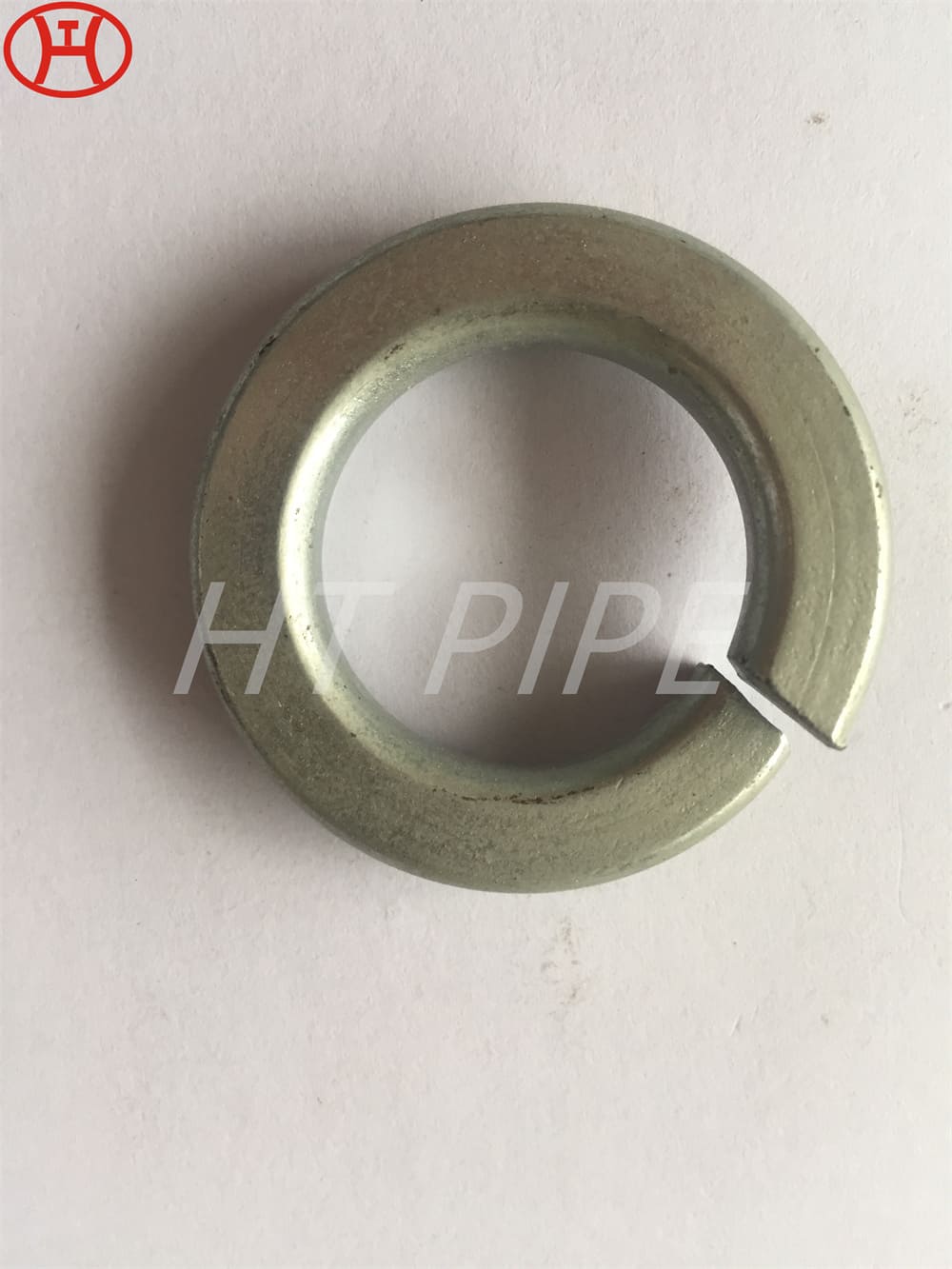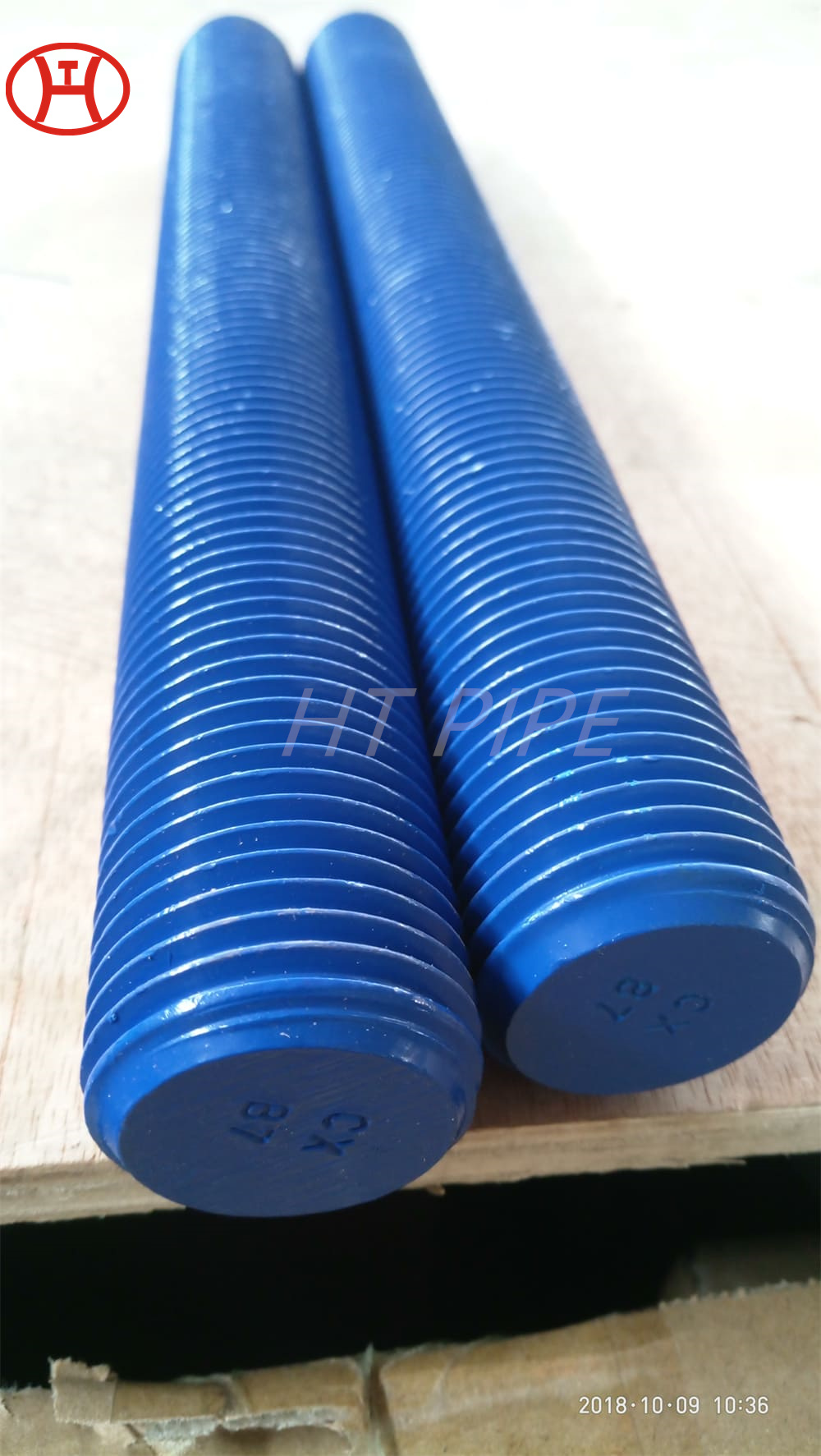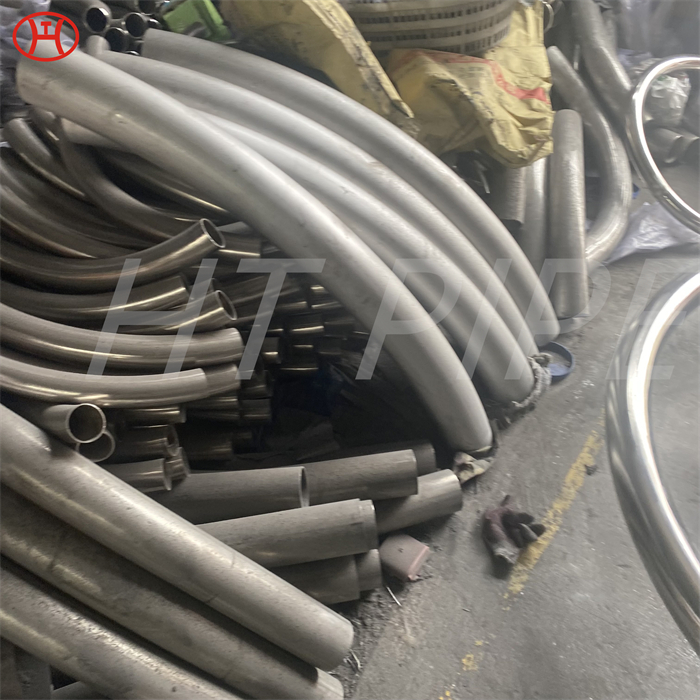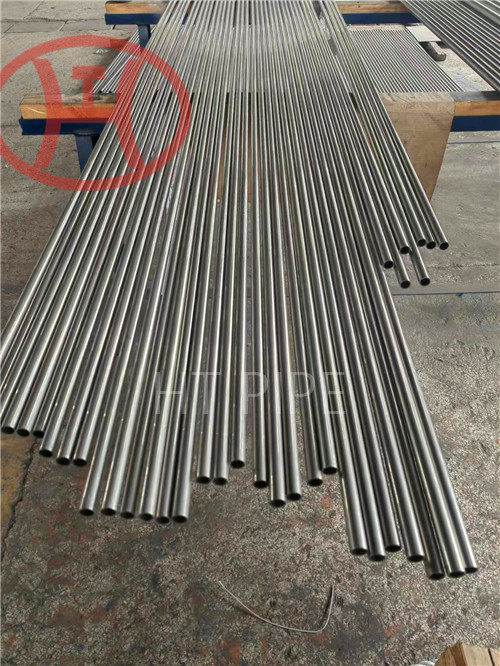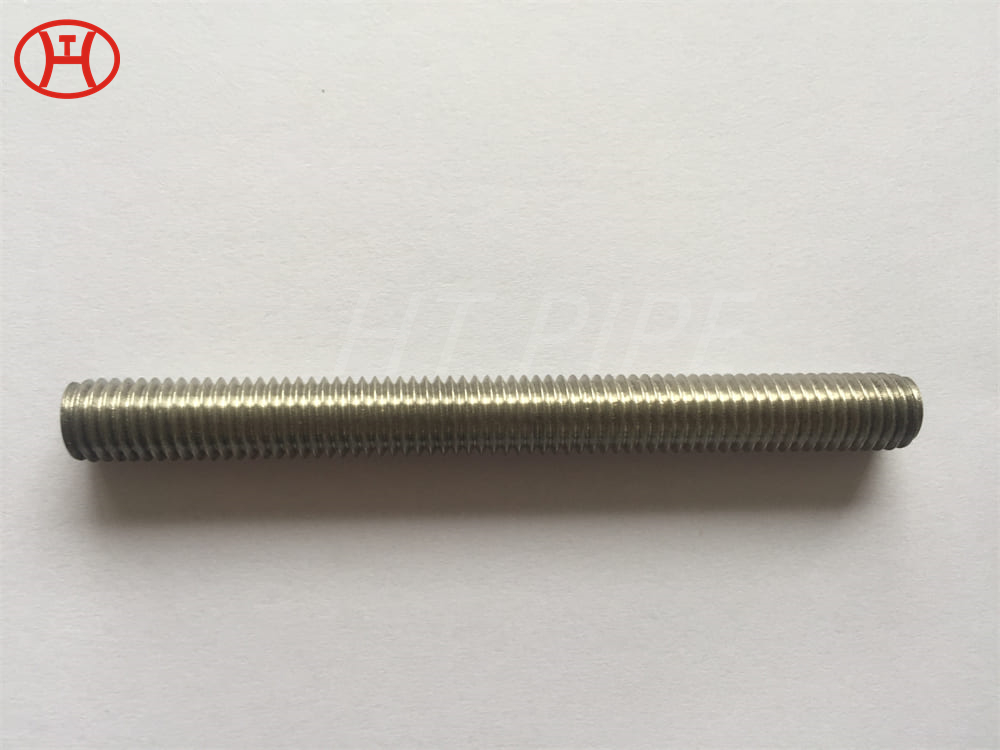hastelloy c276 b2 b3 x c2000 plate flanges N10665 N10675 N10276 flanges
Hastelloy C276 flanges are made of a nickel-chromium-molybdenum alloy called Hastelloy. The composition includes 50.99% nickel, 14.5% chromium, 15% molybdenum and carbon, manganese, silicon, sulfur, cobalt, iron and phosphorus. Hastelloy C276 flanges have a high melting point of 1370 degrees Celsius.
Hastelloy flanges are high performance superalloys. These alloys are designed with excellent chemical concentrations, consisting of chromium, nickel and molybdenum, with very little tungsten. Excellent composition gives these modules enhanced corrosion and oxidation resistance in stress-induced environments. The molybdenum content gives these flanges excellent resistance to pitting and crevice corrosion.

Hastelloy C276 flanges are ideal for most chemical process applications in the as-welded condition. If C-276 alloy weld joints are subject to erosion or damage may occur in certain environments, C-22 weld filler metal must be considered.
Flanges are available in different sizes, standards and specifications, such as UNS N10276 plate flanges. Flanges can be ASTM B564 specification and different standards according to ANSI, ASME, EN or DIN standards. There are different sizes in this grade of material, ranging from ½” to 60″.
